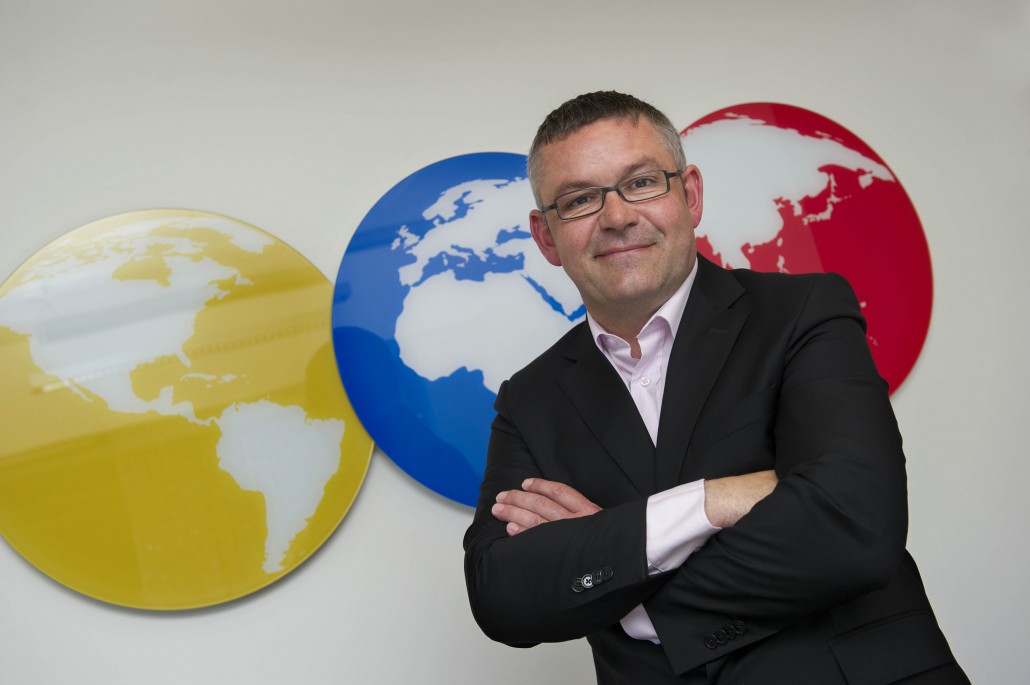
by James Finglas, managing director, MJ Flood Technology
Over the past 20 years in the IT industry, I have seen many trends and changes, some of which have laid claim to the title of most disruptive technology.
From ‘would you like email with that system, no thank you we use fax’, to the point that email is now just another mission-critical application. From centralised compute to decentralised distribution and back to centralised again.
The advent of mobility, Big Data and cloud have together been described as amongst the top disruptive technologies of the 21st century. But I like to think of them as enablers to a much larger total disruption in the form of Internet of Things (IoT) or as Cisco have cleverly termed it, the Internet of Everything (IoE).
Together, we are embarking on a brave new world of connected everything; connected transport and manufacturing, smart cities and home, connected retail and healthcare. Internet of Things is all about connecting the unconnected and using that device data to generate actionable strategies for better business and a better world for all. In the 20 years since I have been involved in the industry, I have seen many exciting changes but none compare to what is to come.
To put IoT into context, just 0.6 per cent of the world’s devices are connected. There’s no need to consult Gartner to identify the opportunity although some market analysts have estimated the value of the IoT market at a staggering $19 trillion.
In terms of industry change, IoT represents a seismic shift, enabling a tighter alignment to the business as the IT budget shifts to line of business and with it a greater focus on business outcomes as opposed to technology upgrades for technology’s sake.
Recently, I was lucky enough to have visited the IoT world forum in Chicago, an international event where the best and brightest thinkers, practitioners, and innovators from business, government, and academia gathered to accelerate the market adoption of the Internet of Things. The practical applications of IoT discussed, were endless and left me more excited than I have ever been about the future of the Internet and the journey it’s taking us on.
We heard about the concept of IT (Information technology) meeting OT (Operational Technology) as these worlds collide utilising mobility, cloud and big data to produce real world business related outcomes. Debates on the challenges of data analytics at the edge of the network, termed ‘Fog Computing’ were rigorous and robust and centred on the ability to create agile decision making versus the aggregation of centralised data that is not imperative for that immediate decision making but is none the less important.
I saw use cases such as drone technology being employed by firefighters battling forest blazes, police forces using in-car and on-person video to capture public interactions and reduce complaints of assault, traffic light management systems to increase traffic flow and reduce congestion for our citizens.
The market is moving apace and for those that embrace the shift a bright new world awaits. People speak of a moment of clarity. Mine has arrived in the form of IoT. I for one, embrace it fully and encourage you to watch this space as we move towards the future of true disruptive IT.
by Guido Marchetti, Cloud Lead, MJ Flood Technology. If y...
As of January 2016, Ernst and Young (EY) have announced t...
By Guido Marchetti, cloud solutions specialist, MJ Flood ...